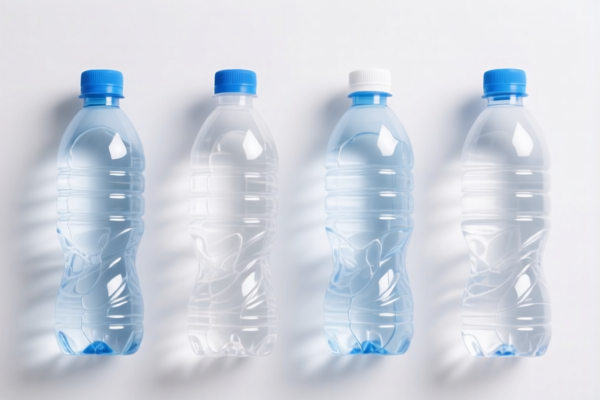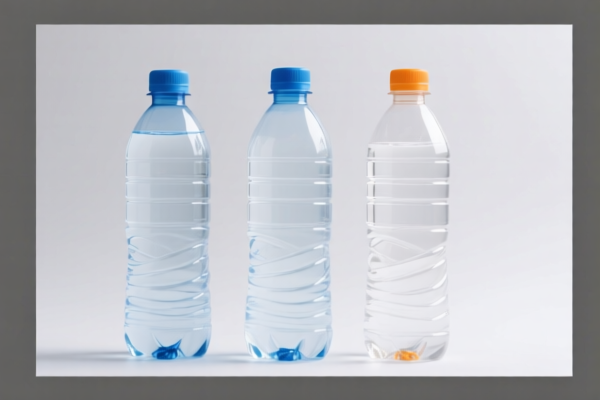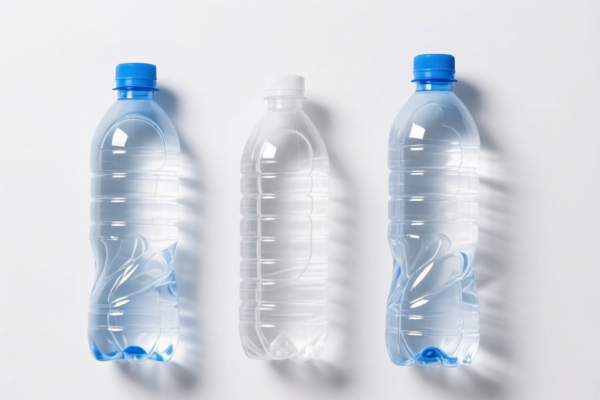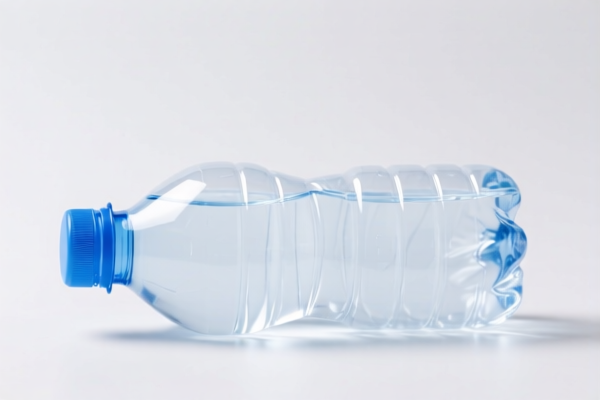| HS Code | Official Doc | Tariff Rate | Origin | Destination | Effective Date |
|---|---|---|---|---|---|
| 2204215005 | Doc | 6.3¢/liter+30.0% | CN | US | 2025-05-12 |
| 2204215035 | Doc | 6.3¢/liter+30.0% | CN | US | 2025-05-12 |
| 2205103000 | Doc | 3.5¢/liter+30.0% | CN | US | 2025-05-12 |
| 2205902000 | Doc | 3.5¢/liter+30.0% | CN | US | 2025-05-12 |
| 4416009020 | Doc | 58.2% | CN | US | 2025-05-12 |
| 4416009040 | Doc | 58.2% | CN | US | 2025-05-12 |
| 4819100020 | Doc | 55.0% | CN | US | 2025-05-12 |
| 4819502000 | Doc | 55.0% | CN | US | 2025-05-12 |
| 7010905005 | Doc | 55.0% | CN | US | 2025-05-12 |
| 7010905015 | Doc | 55.0% | CN | US | 2025-05-12 |
| 7013371010 | Doc | 66.0% | CN | US | 2025-05-12 |
| 7013492090 | Doc | 60.0% | CN | US | 2025-05-12 |
| 3923300090 | Doc | 58.0% | CN | US | 2025-05-12 |




Red Wine Bottle
A red wine bottle is a container, typically made of glass, specifically designed to hold red wine. The design and characteristics of these bottles are influenced by tradition, wine type, regional practices, and marketing considerations.
Material
- Glass: Predominantly made from soda-lime glass due to its cost-effectiveness and clarity. Higher-end wines may be bottled in heavier, more durable glass.
- Color: Typically dark green, brown, or amber to protect the wine from light exposure, which can degrade its quality. The darkness of the glass varies depending on the wine's sensitivity to light.
- Cork/Closure: Traditionally sealed with a cork, though screw caps and synthetic closures are increasingly common. The choice of closure affects oxygen exposure and aging potential.
Purpose
- Storage: Provides a stable environment for wine storage, protecting it from oxygen, light, and temperature fluctuations.
- Aging: The bottle shape and closure contribute to the aging process by controlling the rate of oxygen ingress.
- Presentation: The bottle's aesthetic design plays a role in the wine's perceived quality and market appeal.
Function
- Containment: Holds the wine securely, preventing leakage and spillage.
- Preservation: Protects the wine from external factors that can alter its flavor and aroma.
- Pouring: Designed for controlled and elegant pouring.
- Sediment Collection: Bottle shapes, particularly those with sloping shoulders, can facilitate sediment collection in older wines.
Usage Scenarios
- Wine Cellars: Long-term storage of collectible wines.
- Restaurants: Serving wine by the glass or bottle.
- Home Consumption: Storing and serving wine for personal enjoyment.
- Wine Shipping: Transporting wine safely.
Common Types (Shapes)
- Bordeaux Bottle: Tall and angular, with sloping shoulders. Commonly used for Cabernet Sauvignon, Merlot, and other Bordeaux varietals.
- Burgundy Bottle: Wider body and sloping shoulders, ideal for Pinot Noir.
- Rhône Bottle: Similar to Bordeaux, but shorter and wider, often used for Syrah/Shiraz and Grenache.
- Chianti Bottle: Distinctive pear-shaped with a "punt" (the indentation at the base) and often features a "fiasco" (a straw basket covering).
- Port Bottle: Smaller, more squat bottle with a narrower neck, used for Port wine.
- Standard Bottle: A more generic shape used for a wide variety of red wines.
The size and shape of a red wine bottle can often indicate the origin and style of the wine within.
The declared goods are red wine bottles, which are containers specifically designed for holding red wine. These bottles are typically made of glass and are used for the conveyance or packing of goods.
Here are the relevant HS codes based on the provided reference material:
- 7010.90.50.05: This HS code falls under Chapter 70, which covers glass and glassware. Specifically, it relates to carboys, bottles, flasks, jars, pots, vials, ampoules and other containers of glass, used for conveyance or packing of goods. The subheading .90 indicates "other" containers, and .50.05 further specifies "other containers (with or without their closures) Of a capacity exceeding 1 liter: Having a mouth with an outer diameter of
38 mm or more". This is applicable if the red wine bottle's capacity is over 1 liter and the mouth diameter is 38mm or greater. - 7010.90.50.15: Also under Chapter 70, this HS code covers "other containers (with or without their closures) Of a capacity exceeding 0.473 liter but not exceeding 1 liter: Having a mouth with an outer diameter of
38 mm or more". This applies if the bottle capacity is between 0.473 and 1 liter with a mouth diameter of 38mm or greater. - 3923.30.00.90: This HS code is under Chapter 39, which covers plastics and articles thereof. Specifically, it relates to carboys, bottles, flasks and similar articles made of plastics. This is applicable if the red wine bottle is made of plastic.
- 7010.90.50.05: This HS code falls under Chapter 70, which covers glass and glassware. Specifically, it relates to carboys, bottles, flasks, jars, pots, vials, ampoules and other containers of glass, used for conveyance or packing of goods. The subheading .90 indicates "other" containers, and .50.05 further specifies "other containers (with or without their closures) Of a capacity exceeding 1 liter: Having a mouth with an outer diameter of
38 mm or more". This is applicable if the red wine bottle's capacity is over 1 liter and the mouth diameter is 38mm or greater.
Regarding HS code 7010.90.50.05 and 7010.90.50.15, it is important to accurately determine the bottle's capacity and mouth diameter for correct classification.
Customer Reviews
No reviews yet.